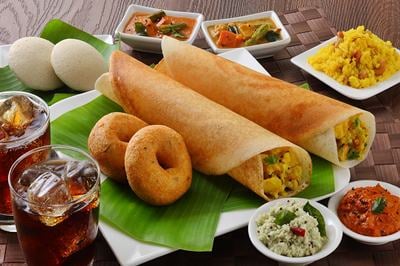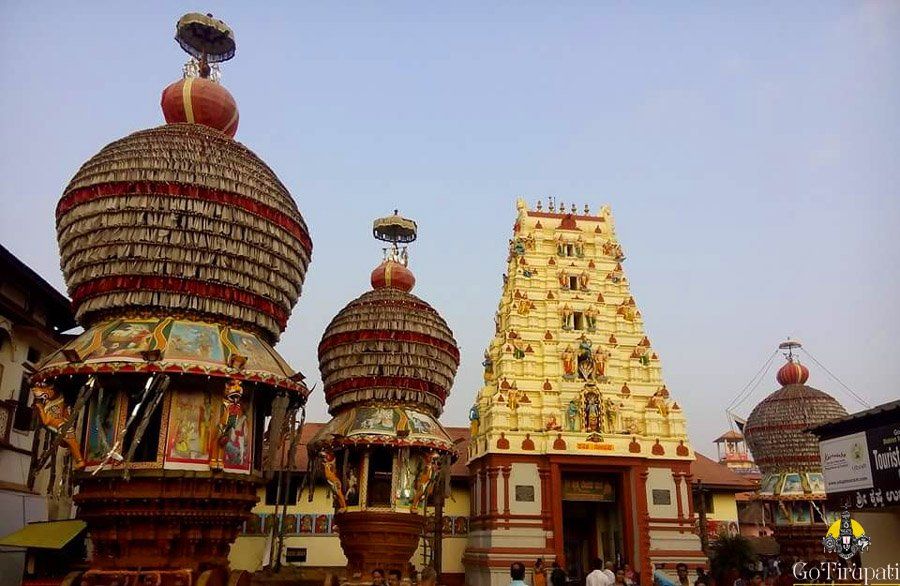Opinions vary, as would be expected from something relayed mostly through folklore. There's been very little empirical study on consciousness and it's place in theoretical physics.
In popular mythology it's pretty straightforward: A body dies; the soul, spirit-body, jiv-atman -- whatever you choose to call it -- is released, maybe dwells a while in some sort of spirit-world or "heaven," and, at some point in the historic future, takes another human body and lives another life.
In India, at least, anecdotal testimony of this type of scenario is pretty common. You read accounts of kids with previous life memories in the papers, for example.
Those of us with a more philosophical or scientific bent, though, have dreamt up way cooler scenarios.

First, individual consciousness is an illusion. There is only one, universal consciousness, tapped into by all conscious entities, whose qualia vary according to the mediating circuitry between their ears.
Invert a colander over a light bulb and there will appear to be hundreds of individual, independent light sources -- but this is an illusion --
Maya. There is a single source underlying all of them.
There's a single Universe Wide Web, running countless life-programs simultaneously.
Just as multiple players can run Minecraft at the same time, a specific life can be run by multiple players simultaneously.
And as we know from relativity theory, time is not as we perceive it. The past is not gone; and futures are as real as presents or pasts.
From our 3rd-state -- AKA 'waking state' -- consciousness we can only perceive a single life at a time, and in that life, we can only perceive one
time at a time -- very restrictive.
It's like watching a film, where an illusion is created by perceived, sequential, still images, running at a steady rate, one frame at a time, in one direction.
This is not reality!
In reality, the first and last frames exist simultaneously. Both are real, and the whole sequence can be run countless times, forward, backward, slo-mo -- whatever.
After death, or anytime, there's nothing preventing a consciousness from running a Stone-age Neanderthal or a future Mars colony life, after 'dying' in '2021.
Time is not an arrow. At any given time, the whole film exists
in toto, plus "given time" is a relativistic illusion.
There is no change; no
time, except in our minds.
When we "die" nothing really changes. The life we lived, and all other lives, everywhere and everywhen in the universe, are still there, ready to be run. The real "us" is the timeless, universal consciousness under the colander. What determines what life we run in any illusory incarnation I have no idea. (Science really needs to get off the couch and do some research here).
The sequential, life-after-life scenario in popular mythology is a simplistic fantasy. Philosophical Hinduism, like
Advaita Vedanta, is more complicated.



